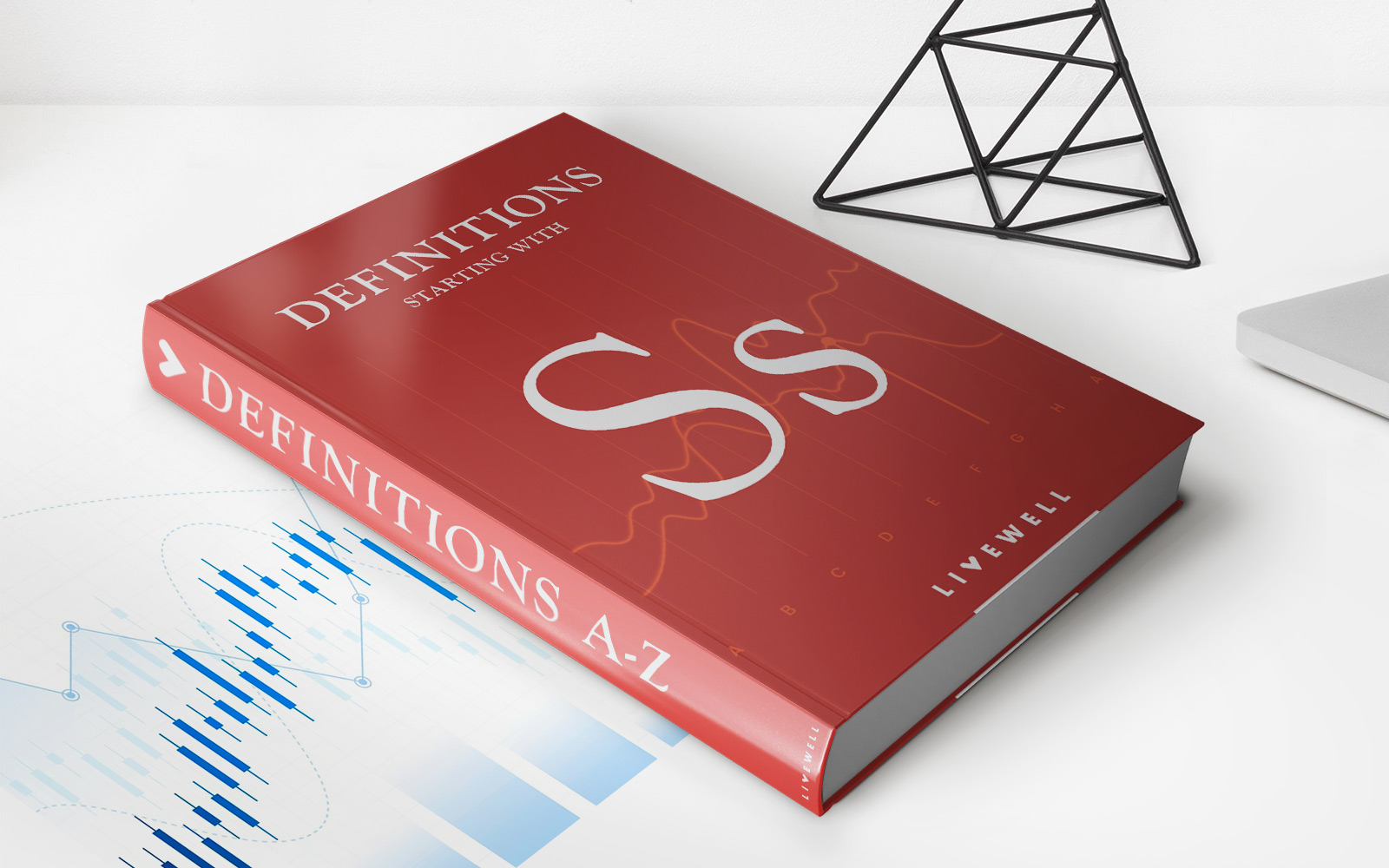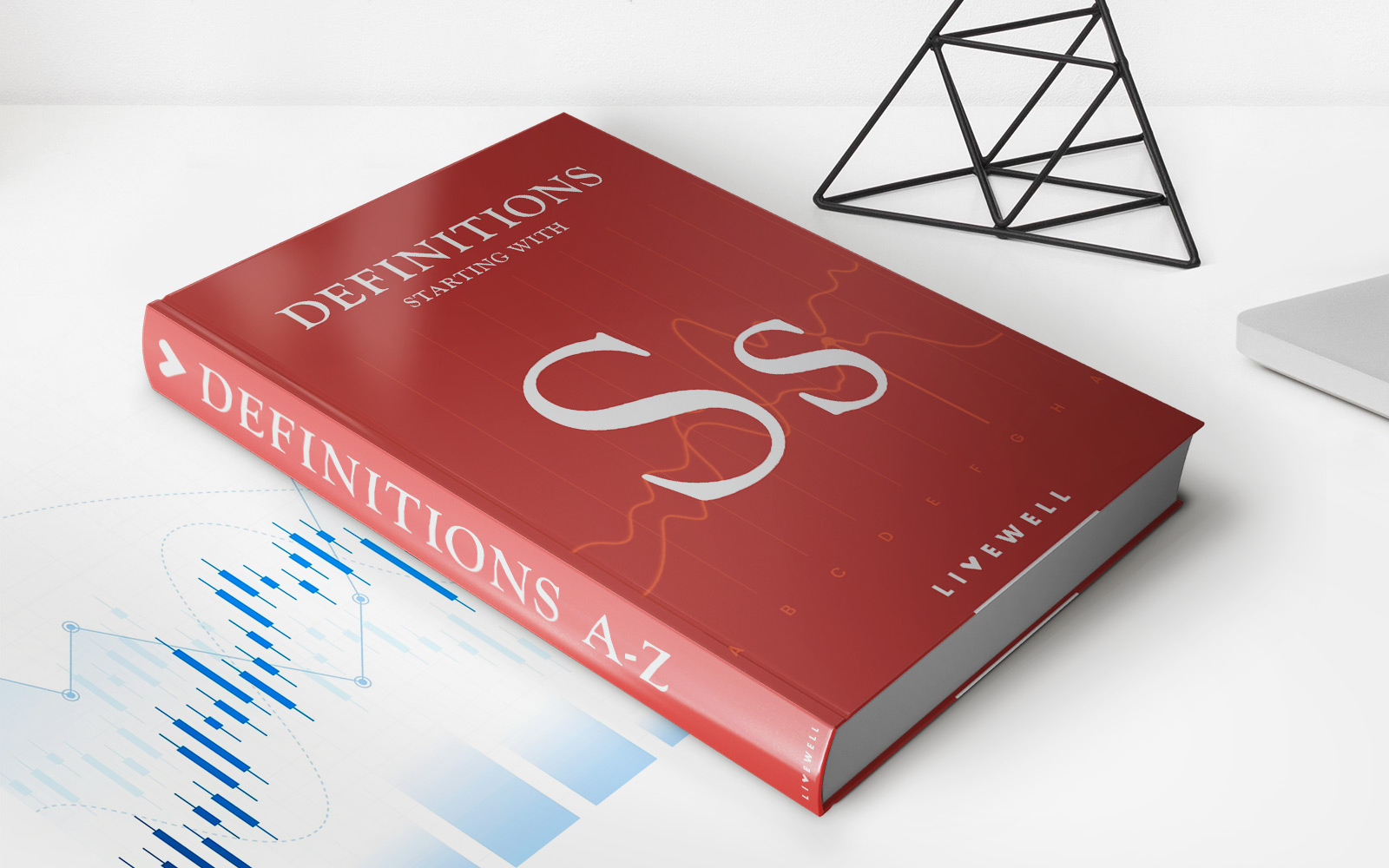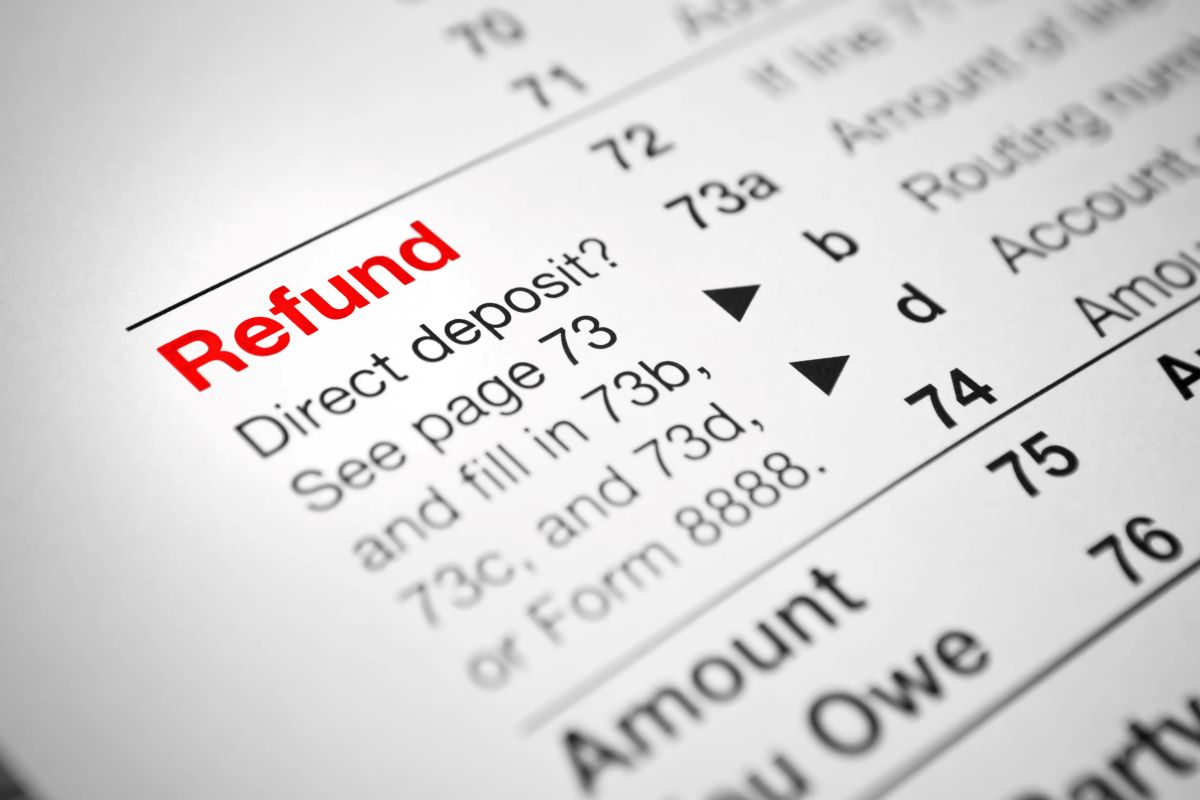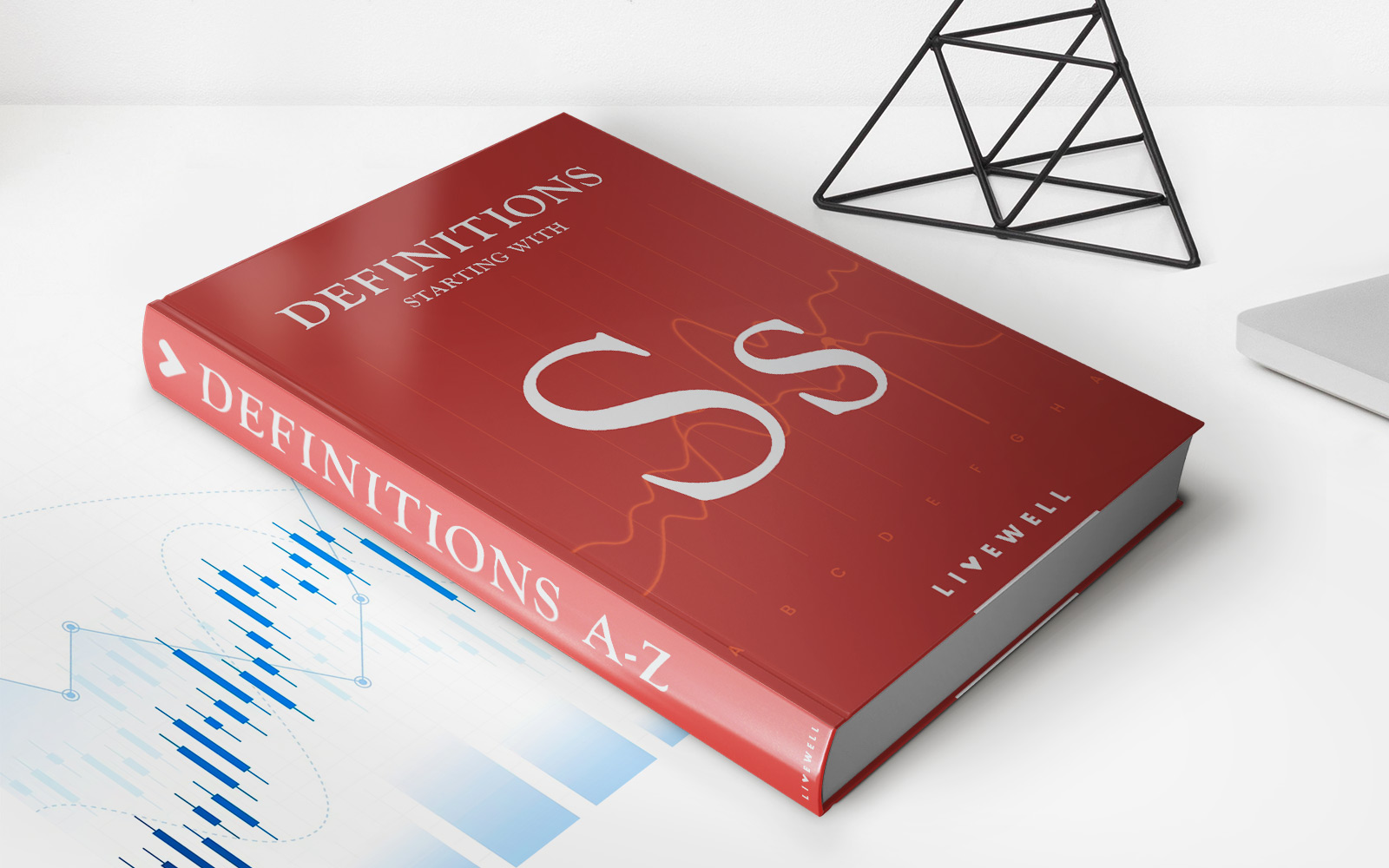

Finance
Sub Account: Definition, Uses, And Examples
Published: February 3, 2024
Discover the definition, uses, and examples of sub accounts in finance. Gain a deeper understanding of how sub accounts can enhance your financial management strategies.
(Many of the links in this article redirect to a specific reviewed product. Your purchase of these products through affiliate links helps to generate commission for LiveWell, at no extra cost. Learn more)
Sub Account: Definition, Uses, and Examples
Are you familiar with the concept of a sub account? If not, don’t worry, we’ve got you covered! In this blog post, we will delve into the definition, uses, and examples of sub accounts. Whether you’re a business owner, a finance professional, or simply someone looking to manage your finances better, understanding sub accounts can be incredibly useful. So, let’s dive in!
Key Takeaways:
- A sub account is a separate account that is linked to a main account, allowing for more organized and specific tracking of funds.
- Sub accounts can be used to allocate funds for different purposes, such as business expenses, savings goals, or budgeting categories.
Definition of Sub Account
A sub account, as the name suggests, is a separate account that is linked to a main account. It serves as a subsidiary or an extension of the main account, allowing for more organized and specific tracking of funds. For example, let’s say you have a main checking account with a specific balance. Within that main account, you can create sub accounts, each with its own balance, to allocate funds for different purposes.
Uses of Sub Accounts
Sub accounts offer various uses and benefits. Here are some common scenarios where sub accounts can be extremely helpful:
- Business Expenses: If you’re a business owner, you can create sub accounts within your business checking account to separate funds for different expenses, such as payroll, utilities, or marketing. This allows for better financial management and makes it easier to track where your money is going.
- Savings Goals: Sub accounts are a great tool for saving money towards specific goals. For example, you can create a sub account within your savings account dedicated to a vacation fund, a down payment on a house, or an emergency fund. This helps you stay focused on your goals and prevents your savings from getting mixed up with your regular expenses.
- Budgeting Categories: Sub accounts can also be used for budgeting purposes. If you follow a specific budgeting method, such as the envelope system, you can create sub accounts for different budget categories, such as groceries, entertainment, or transportation. This ensures that you’re staying within your budget limits for each category without the risk of overspending.
Examples of Sub Accounts
To give you a better understanding, here are a few examples of sub accounts in action:
- Personal Finance: Imagine having a main checking account, and within that, you have sub accounts for rent, groceries, utilities, entertainment, and savings. This arrangement allows you to allocate specific amounts to each category and ensures that your expenses and savings are well organized.
- Business Finances: Let’s say you own a small business. Within your business checking account, you can have sub accounts for different business expenses, such as inventory, employee salaries, marketing, and equipment. By using sub accounts, you can easily track your business expenses and make financial decisions based on accurate data.
- Investment Strategies: Sub accounts can also be helpful when it comes to investment strategies. For instance, you can have a main brokerage account, and within that, create sub accounts for different investment goals, such as retirement, education, or a vacation home. This allows you to monitor the performance of each sub account separately and adjust your investment strategy accordingly.
In summary, sub accounts provide a way to organize and allocate funds for specific purposes. Whether you’re managing personal finances or running a business, utilizing sub accounts can help you track expenses, achieve savings goals, and budget more effectively. So, why not explore the option of sub accounts and take control of your financial future?














